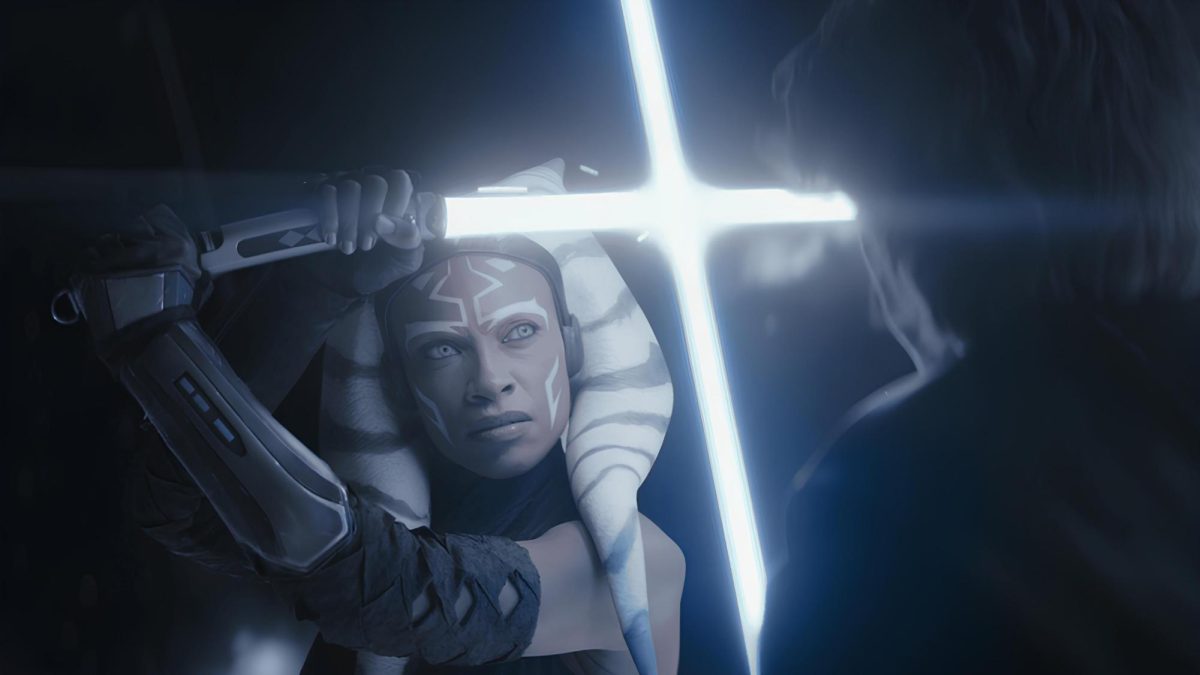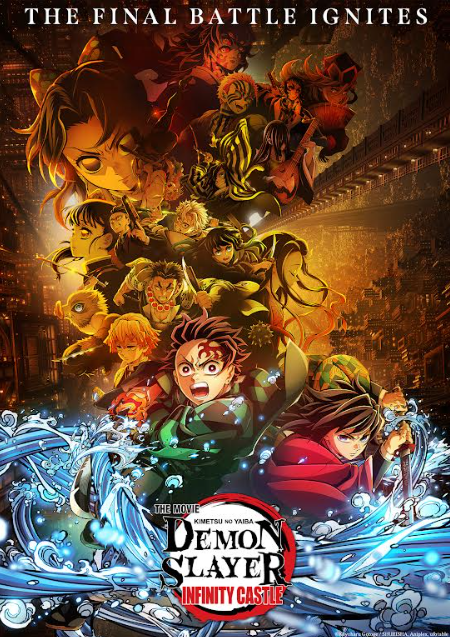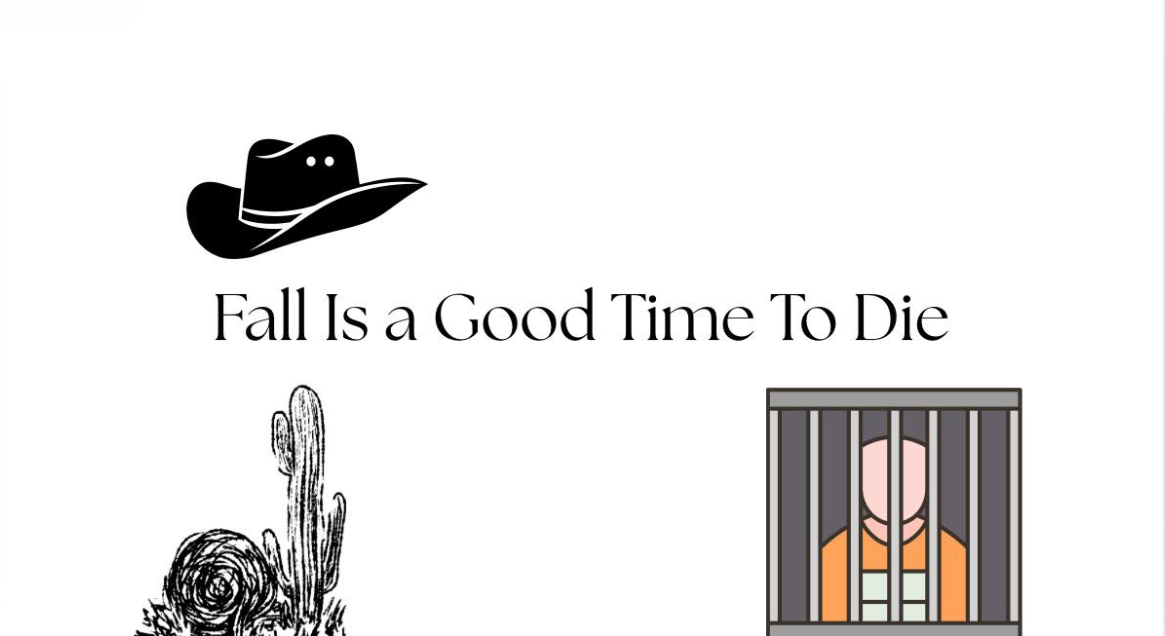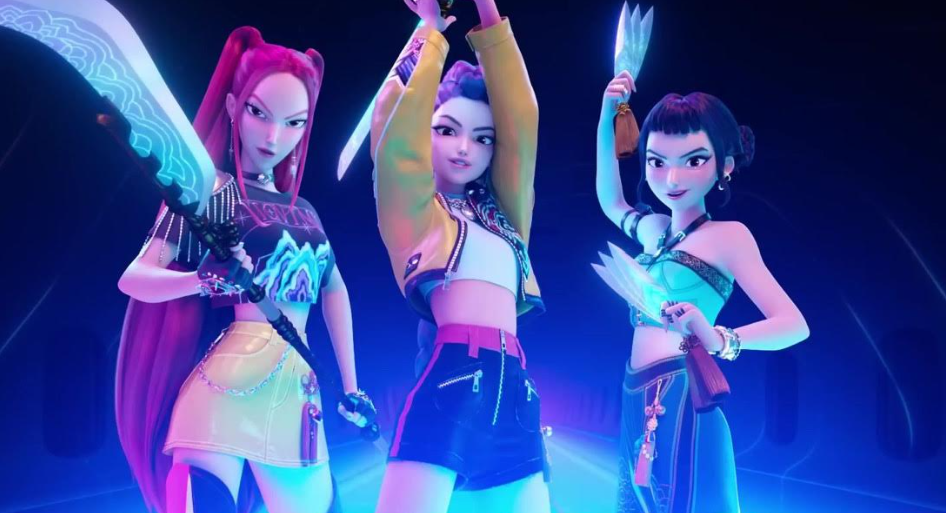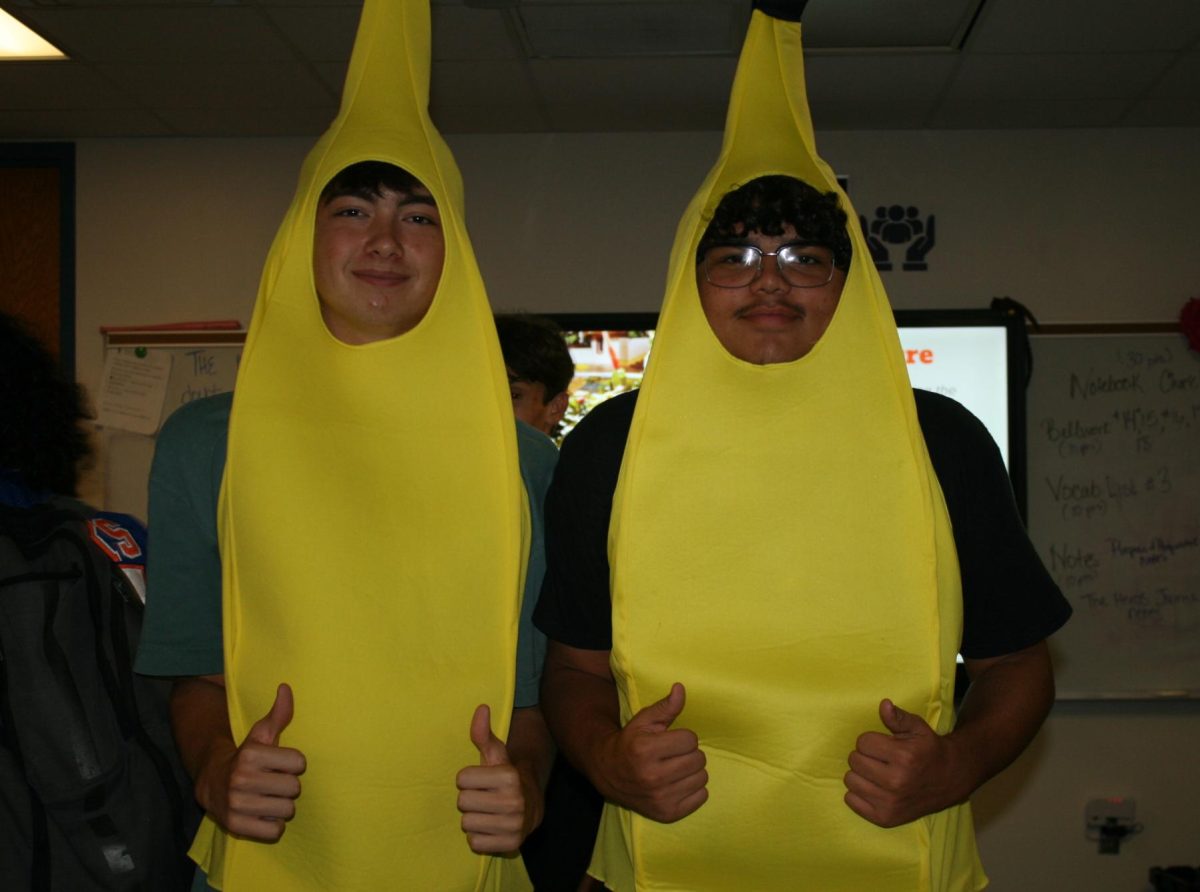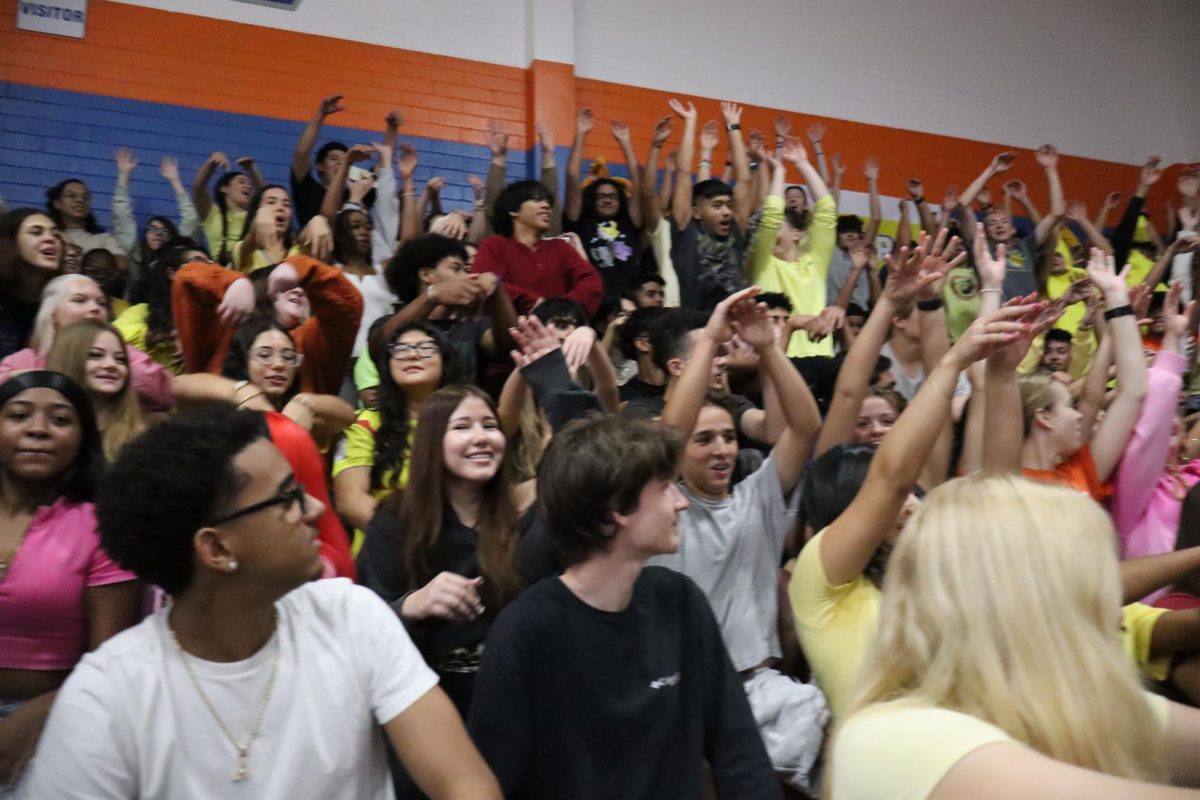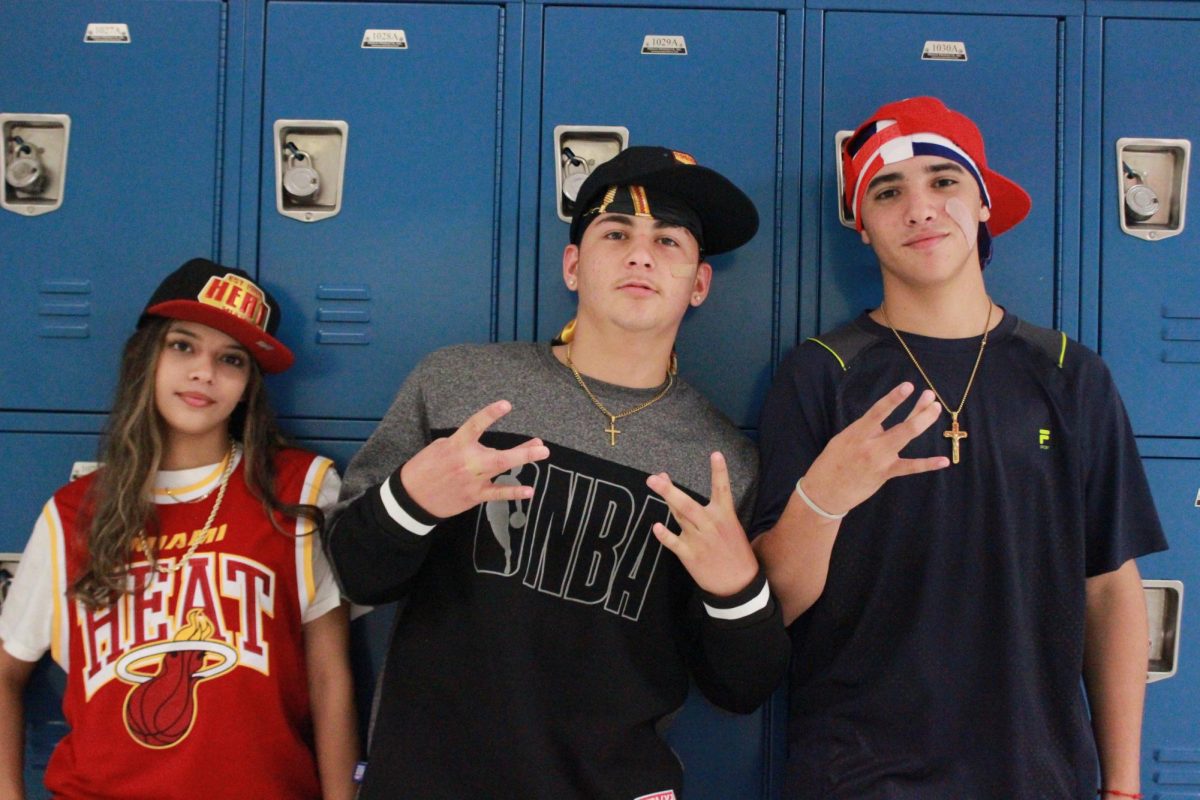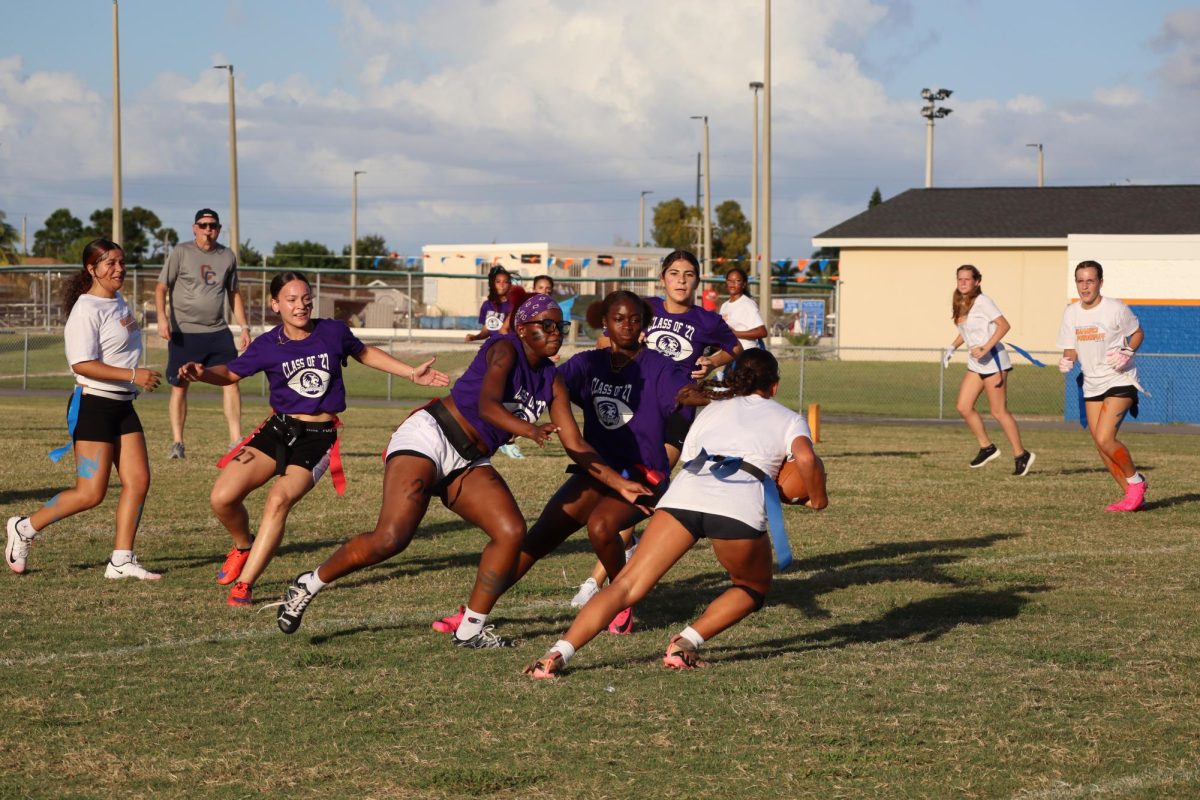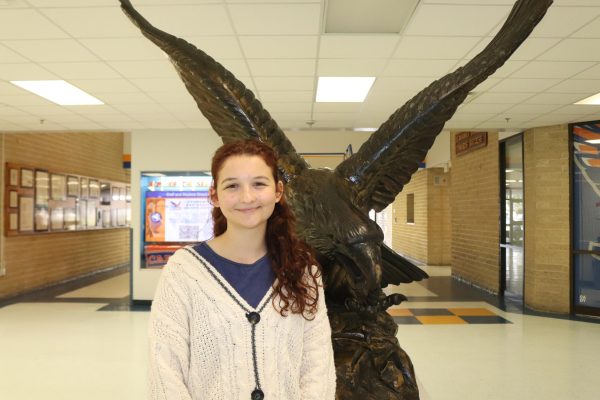After making her appearance in The Mandalorian, Ahsoka Tano’s story had finally been explored in her own spinoff: Ahsoka. Picking up right where Rebels, another Star Wars series, left off, Ashoka no longer considers herself to be Jedi, and faces new dangers following the fall of the Empire.
Ahsoka takes place during the general period in the Star Wars timeline, in the similar timeframe of The Mandalorian (taking place during 12 After the Battle of Yavin [ABY]), which follows the events of Episode IV: Return of the Jedi (the final film in the original trilogy), ending around 4 ABY.
This first season primarily follows Ahsoka, played by Rosario Dawson, as she attempts to investigate the rumors of Grand Admiral Thrawn’s, played by Lars Mikkelsen (the original voice actor), survival and return as “Heir to the Empire.”
This finding of Thrawn is key to finding Ezra Bridger, played by Eman Esfandi, who used the World Between Worlds to travel back in time to save Ahsoka at the end of Rebels. To do this, Ahsoka acquires the help of Sabine Wren, played by Natasha Liu Bordizzo, and Hera Syndulla, played by Mary Elizabeth Winstead, who assisted her journeys previously.
To say that Ahsoka was exceptional was an understatement. Somehow, the show managed to capture every aspect that was so loved of Rebels by fans while still creating something new and unique to fall in love with. The casting was perfect, and the set and costume designs were as high quality as The Mandalorian.
In all honesty, the worst part of the show was Ahsoka Tano herself. While the casting of Dawson was exceptional, aspects of her character in this new adaptation fell flat. Since Ahsoka’s decision to remove her Jedi identity, the writing of her decisions had to have been on point. For the majority of the season, this was true.
However, during “Episode 5,” in which Ahsoka must battle her inner demons in order to survive, her perception of herself in regards to Darth Vader was written poorly. Overall, the execution of the flashbacks to the Clone Wars was done well, however Ahsoka’s lack of growth was evident.
It is common knowledge that her view on the Jedi Order is swayed, yet Ahsoka’s decisions about herself seemed almost like they reverted back to how she would have acted following her expulsion from the Order. It was almost as if instead of developing, Ahsoka was contracting back into a prior version of herself.
On the contrary, Sabine’s character growth was excellent throughout the series. The viewer sees her develop from a stubborn gifted woman to changing into the makings of a great Jedi. Her ability to use both her Mandalorian roots and gifts for the Force to further herself are unreal, and the writing made sure to capture her essence.
Like the rest of the cast, Liu Bordizzo perfectly executed the drive and culture of Sabine Wren that viewers fell in love with in her first appearance in Rebels. Her spunky and colorful personality was matured and amplified in Liu Bordizzo’s portrayal. Nearly 10 years older than when audiences first met Sabine, Liu Bordizzo did not fail to bring back an older Sabine for viewers to fall in love with all over again.
Collectively, the plot of Ahsoka was well executed, and unlike other Star Wars series had very few plot gaps. Even though character development fell flat for Ahsoka herself, the series was well written, planned, and filmed.
Even though flashbacks to the Clone Wars were sometimes confusing, their addition to the season was much more prolific than the possible confusion.
Overall, Ahsoka was one of the best additions to the Star Wars universe added by Disney. With action scenes comparable to The Mandalorian and excellent character and plot development, Ahsoka has everything a Star Wars fan could have wanted from the spin-off series, leaving viewers begging for more.


